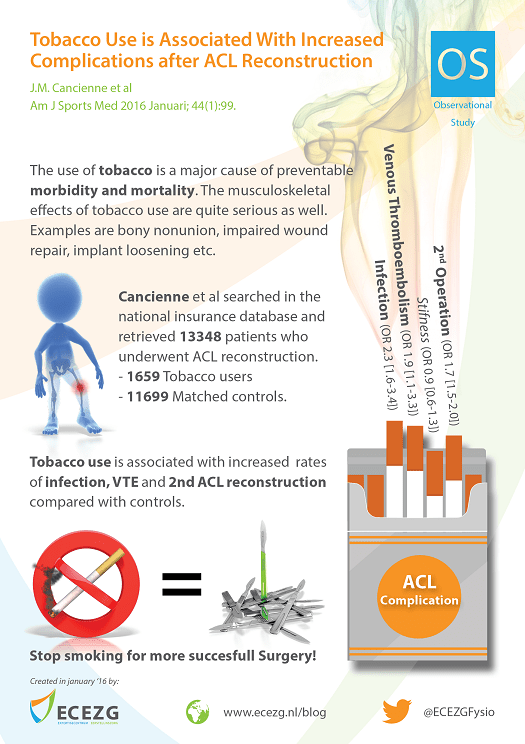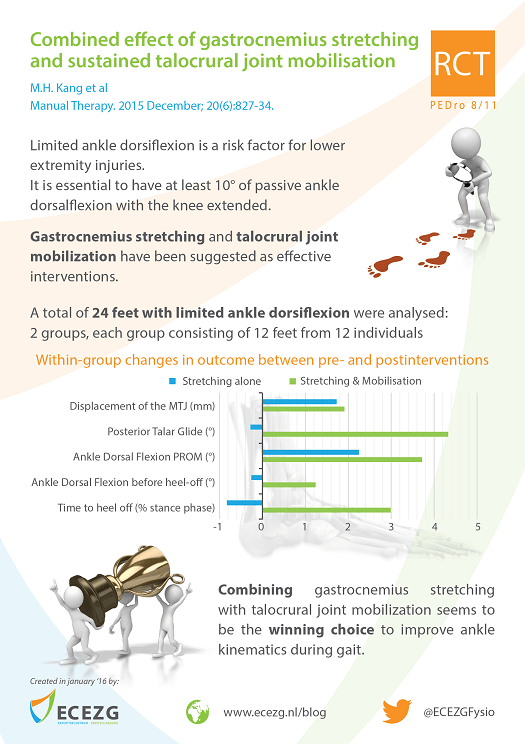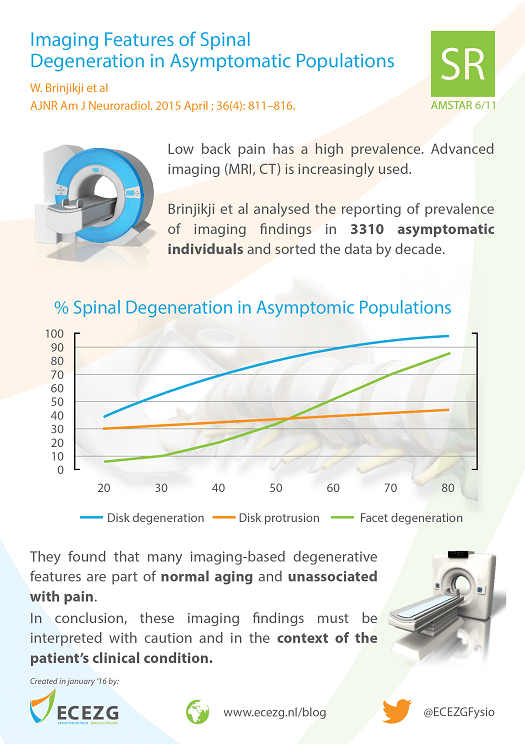
Infographic: Tobacco Use Is Associated With
Increased Complications After Anterior
Cruciate Ligament Reconstruction
Cancienne et al – 2016
In this Observational Study the researchers searched in the National Insurance Database of the United States to see if there was an association between Tobacco Use and complications after ACL reconstruction.
Using a total of 13358 patients, including 1659 patients with documented tobacco use, Cancienne concluded that the incidence of infection (2.0%) was higher in the group who used tobacco versus matched controls (1.0%). The incidence of VTE (venous thromboembolism) was higher as well (1.0% vs 0.5%), next to subsequent ACL reconstruction (12.6% vs 7.8%).
There appears to be an association, so a period of smoking before and after a ACL reconstruction seems to be a bad choice.
Disclaimer: The infographic is made by ECEZG with high care. The research is done by Cancienne et al. ECEZG does not claim to have done the research itself, neither did ECEZG change any of the outcomes. The main goal of this infographic is to inform fellow physiotherapists and manual therapists. Used images and artwork are owned by ECEZG.


